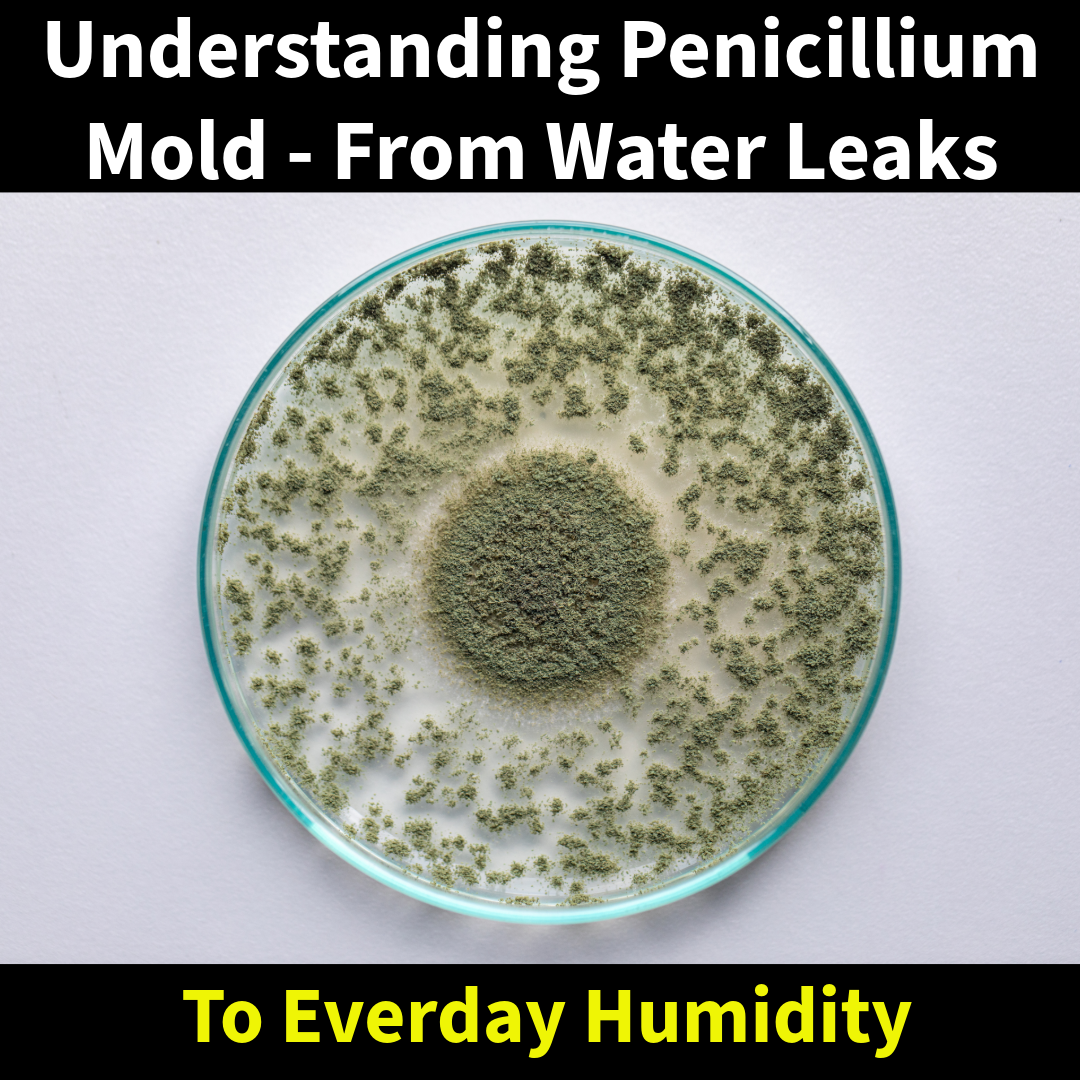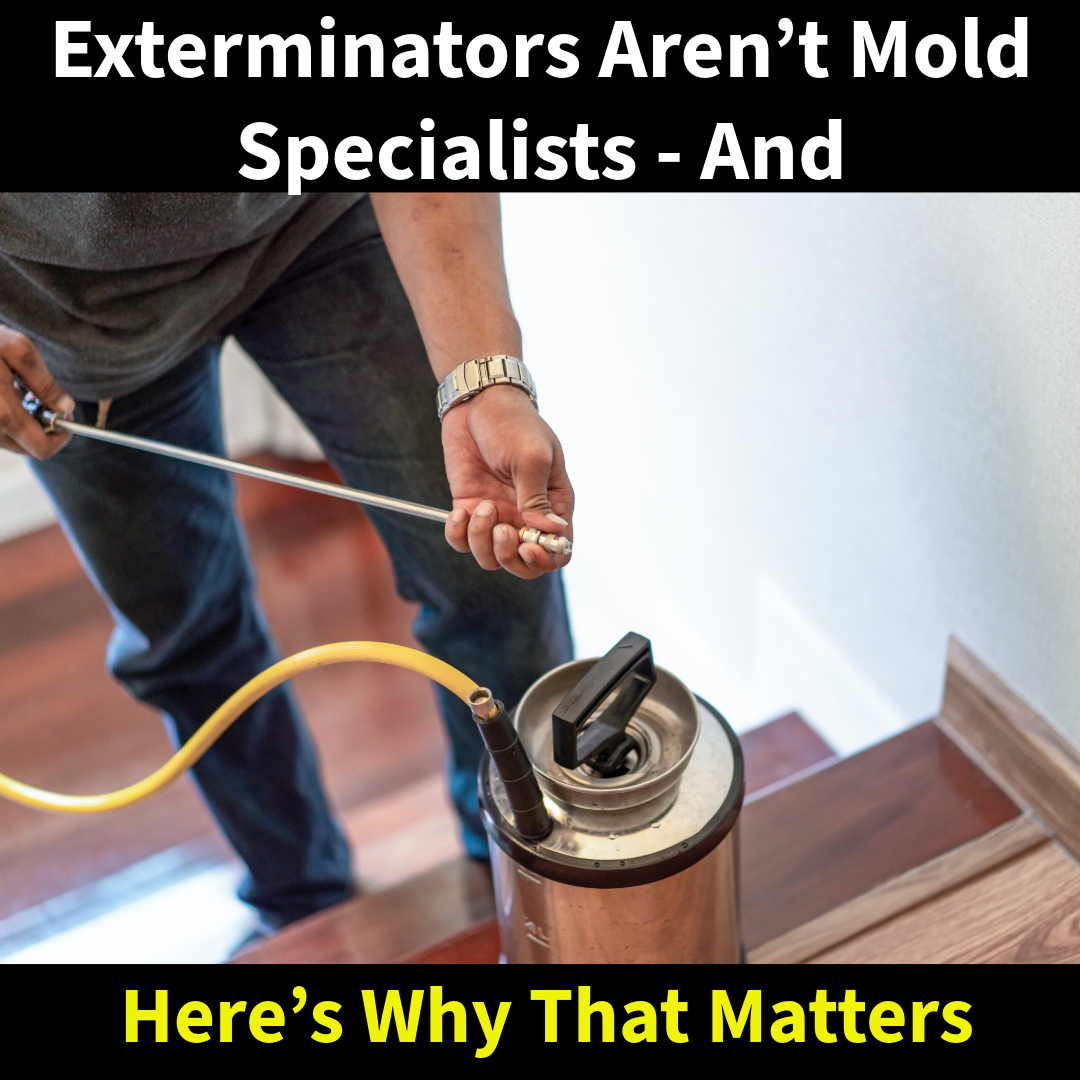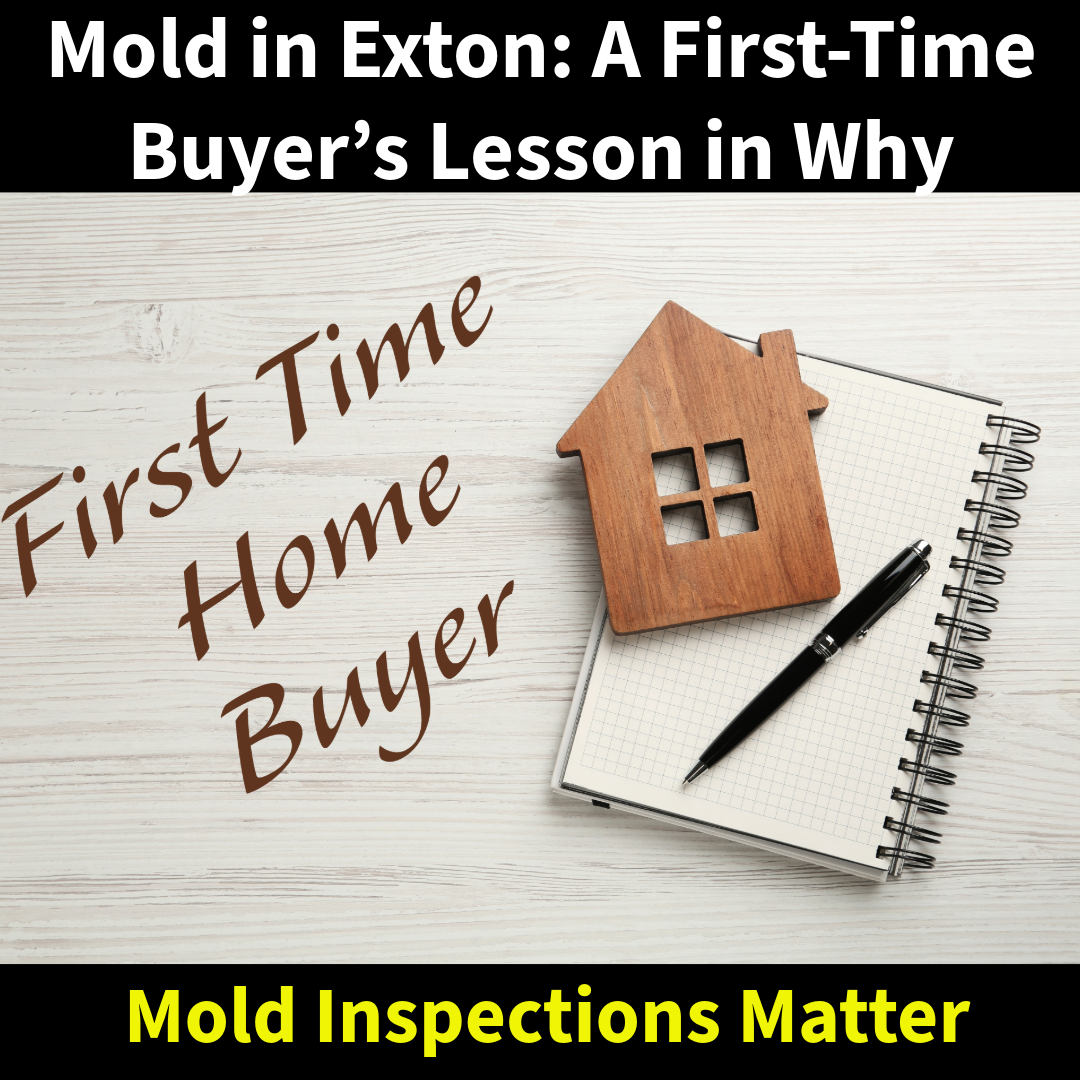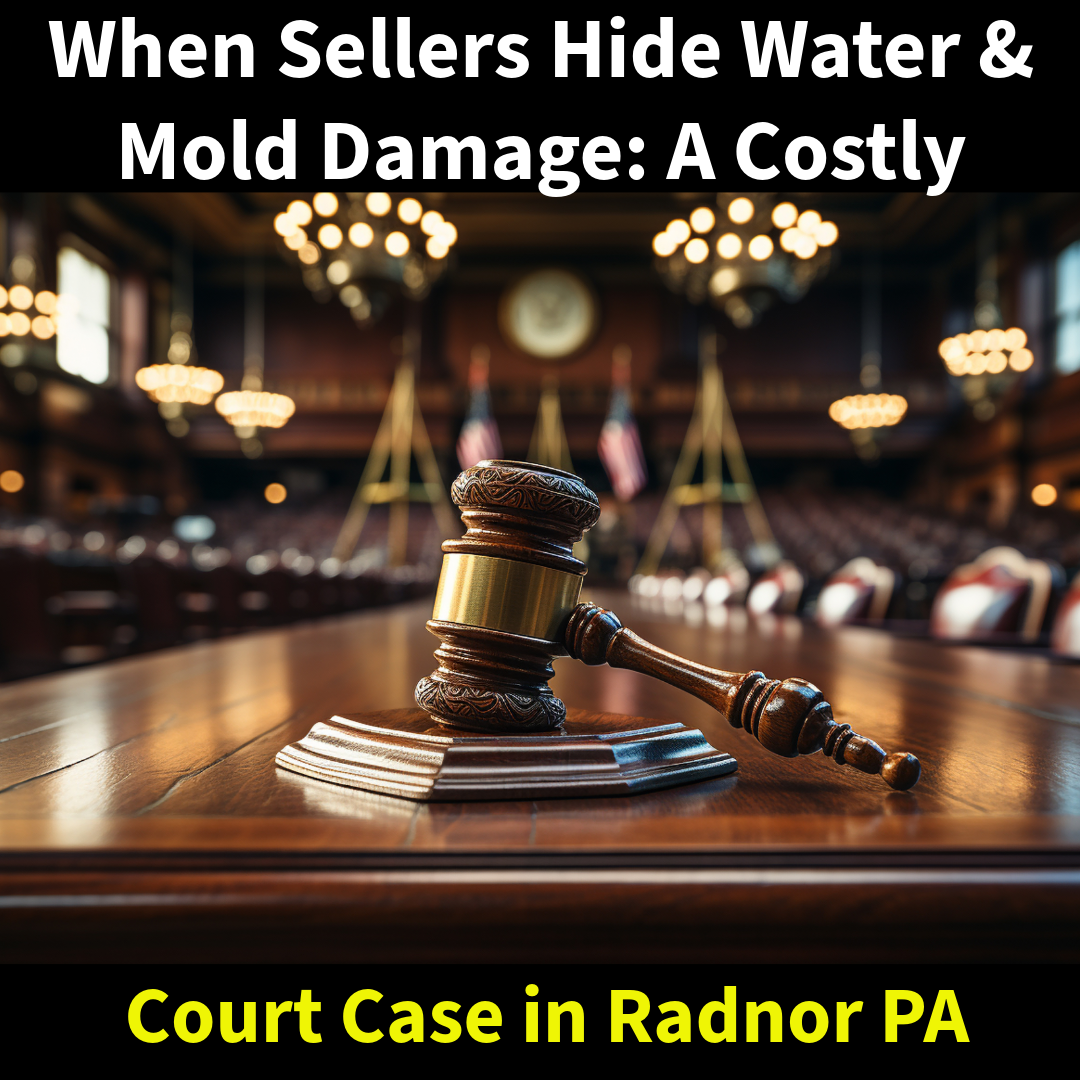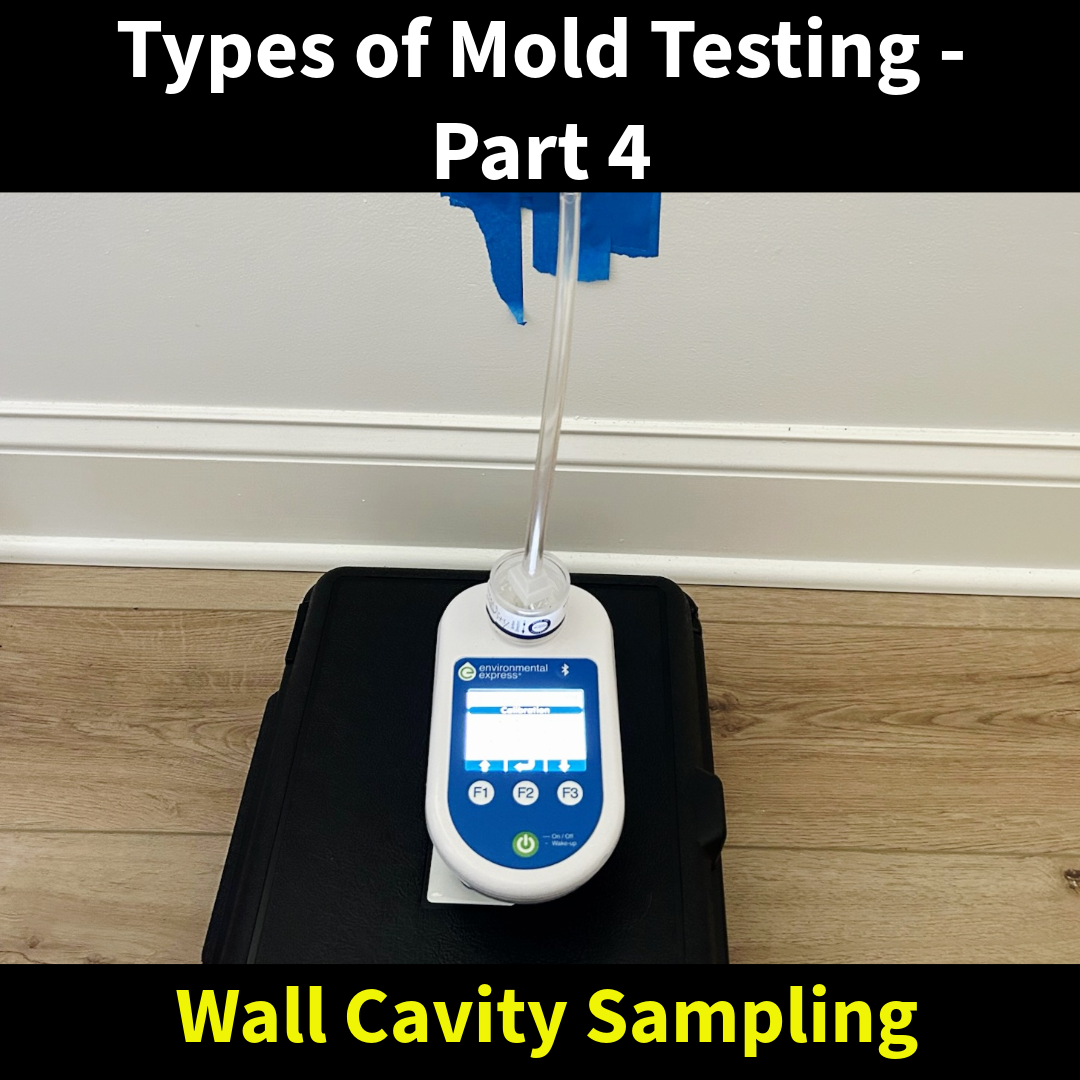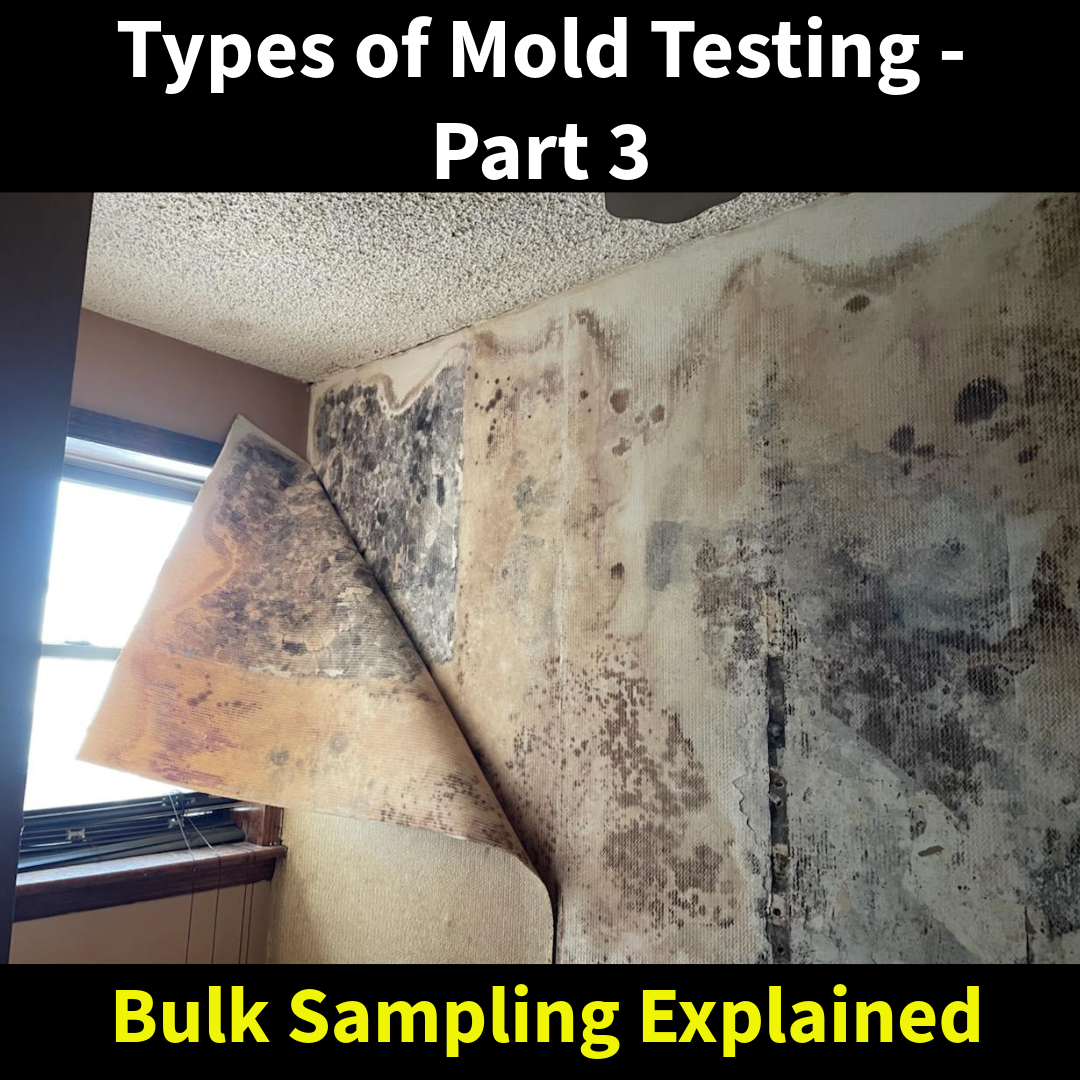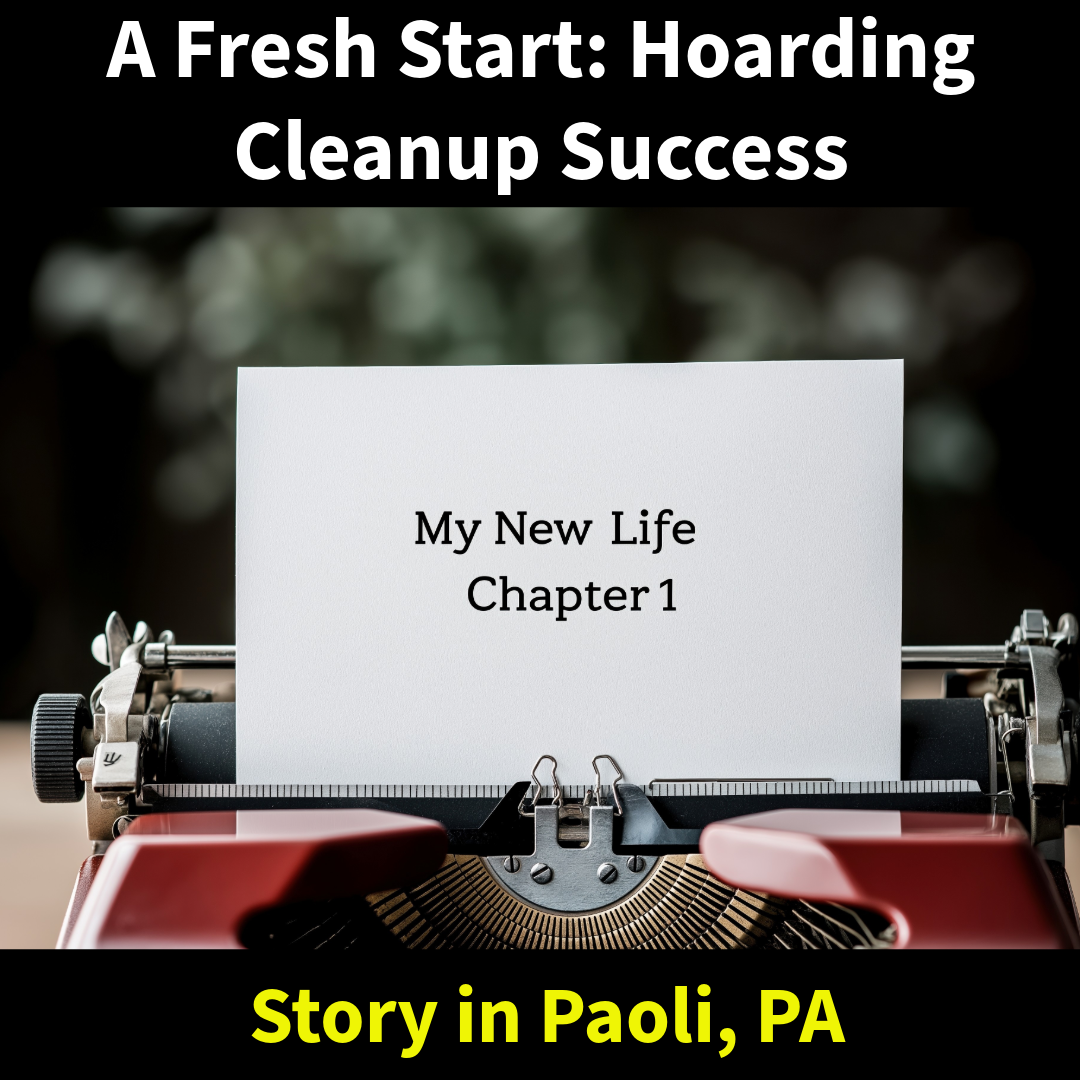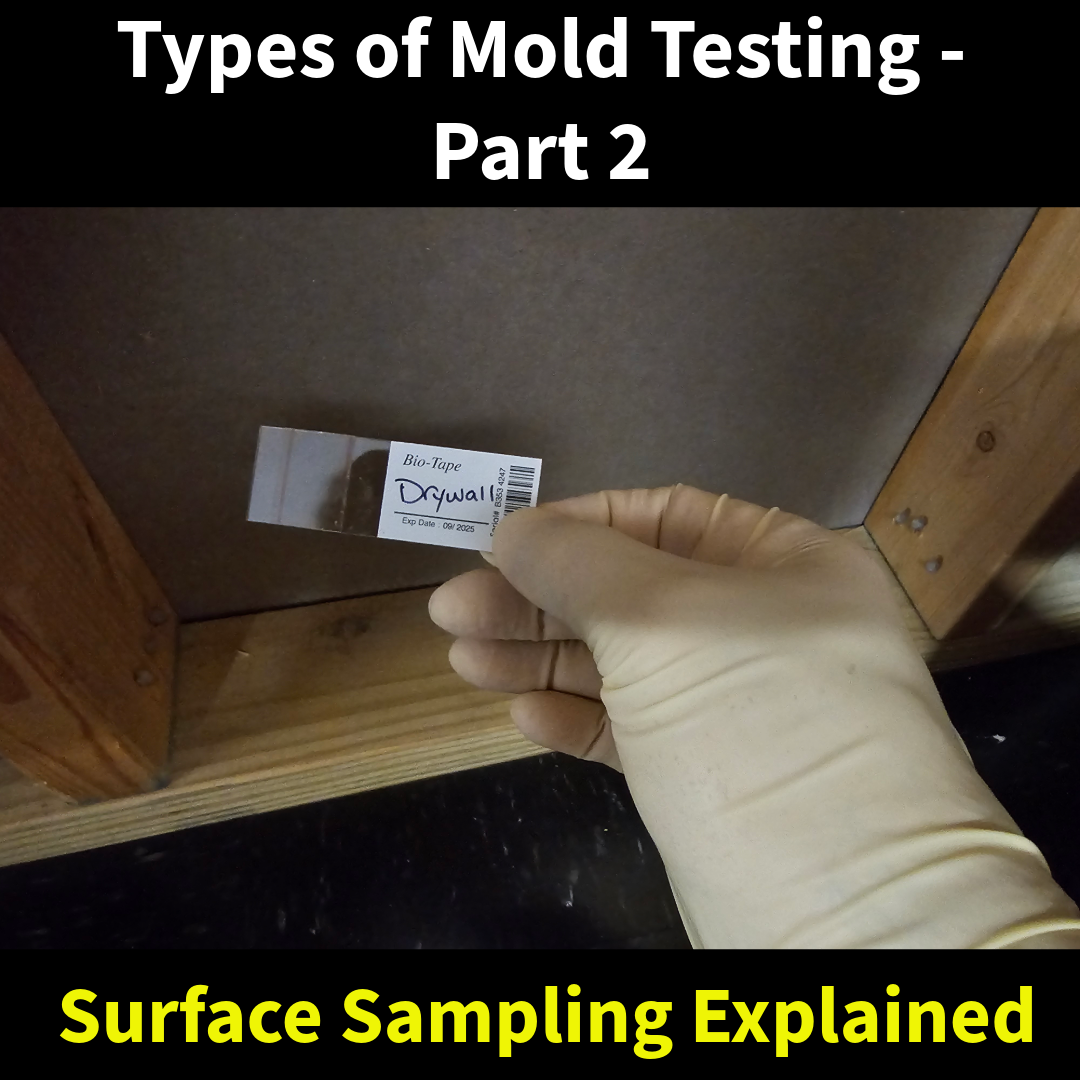Penicillium (pronounced pen-ih-SILL-ee-um) is one of the most common molds found in homes and buildings after water damage. Known for its fuzzy blue-green appearance, this mold grows quickly on materials that stay damp for more than a few days. While some species of Penicillium are used in medicine and food production, the types that appear in indoor environments can cause serious health and property problems if left untreated.
Where Penicillium Grows
Penicillium spreads easily through the air and attaches itself to porous materials such as drywall, insulation, carpeting, and fabric. It thrives in cool, damp areas — especially basements, attics, and rooms with poor ventilation. After a pipe leak, roof issue, or flooding event, Penicillium can take hold in less than 48 hours and continue to grow even after the surface appears dry.
It’s also frequently found on water-damaged furniture, HVAC systems, and behind wallpaper where hidden moisture lingers.
How It Spreads
Once established, Penicillium releases microscopic spores into the air. These spores are light enough to move through HVAC ducts or open doorways, allowing the contamination to spread throughout a property. Because of its rapid growth rate, what begins as a small patch on a wall can quickly lead to widespread contamination without proper containment and cleanup.
Health Effects
Exposure to Penicillium can trigger allergic reactions, respiratory irritation, and sinus congestion. People with asthma, weakened immune systems, or chronic respiratory conditions may experience worsening symptoms when exposed. Some species of Penicillium also produce mycotoxins — chemical compounds that can cause fatigue, headaches, and more severe reactions over time.
Even after visible mold is removed, airborne spores can linger unless a full remediation process is completed.
Structural Concerns
Beyond health risks, Penicillium can damage building materials. It feeds on cellulose-based items like drywall and wood, breaking them down and weakening the structure. Over time, this can cause warping, staining, and even musty odors that persist long after the initial water source is fixed.
How MSI Identifies and Removes Penicillium
At MSI, our process begins with professional testing to confirm the type and extent of mold growth. We use air and surface sampling to determine how far spores have spread and whether the contamination is active or dormant.
Once confirmed, our certified team sets up containment, applies negative air pressure, and removes affected materials safely. Every project includes HEPA vacuuming, antimicrobial cleaning, and post-clearance testing to ensure the environment is restored to safe conditions.
Protecting Your Property
If you notice blue-green mold or musty odors after a water event, don’t ignore it. Penicillium spreads quickly and won’t go away with simple cleaning sprays. Proper remediation requires trained professionals and lab-based confirmation.
MSI has been providing environmental testing and mold remediation services since 1998. Our specialists are dedicated to identifying, removing, and preventing mold the right way — restoring both safety and peace of mind.
